The Early Life of Photography:
Photography has been around since around the 5th century B.C.E. However, it wasn’t until the camera obscura was developed by Iraqi scientist Abu Ali Al-Hasan Ibn al-Haytham in the 11th century, that the art of photography itself was born.
When the camera obscura was first created,it only projected them onto a surface instead of recording. This was helpful because it allowed for real life objects such as buildings to be traced out accurately.

So how did the first camera obscura work?
It used a pinhole in a tent, which projected an image into a darkened area outside of the tent. Up until the 17th century, the camera was too large to be portable. It was around the 17th century that basic lenses were introduced.
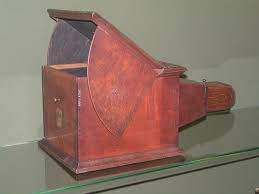
The past aside, photography as we know it today, would not be possible without Joseph Nicépohore Niépce. In France in the late 1830s, Niépce used a portable camera obscura to expose a pewter plate coated with bitumen, to light. This resulted in becoming the first ever recorded image that didn’t fade quickly.
The work of Niépce led to photographers experimenting with various different chemicals and techniques, resulting in three instrumental developments in modern photography: Daguerreotypes, emulsion plates, and wet plates.
Daguerreotypes:
Daguerreotypes, which were the forerunner of modern film, was the result of a collaboration between Niépce and Louis Daguerre. It is a copper plate coated with silver, firstly exposed to iodine vapor before being exposed to light. The exposure usually lasted for fifteen minutes and resulted in a fully developed image. This method of photography/photo development was very popular, until it was replaced by emulsion plates in the 1850s.
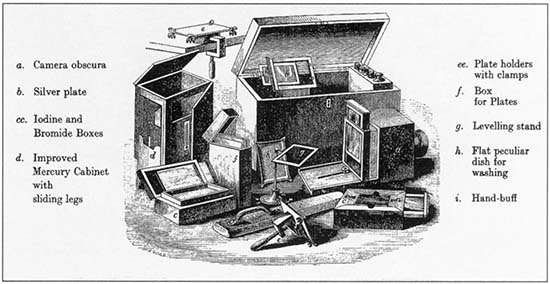
Emulsion Plates:
Emulsion plates, also known as wet plates, became very popular in the late 1850s. They were less expensive than daguerreotypes and only required two to three seconds of exposure time. In fact, many of the photographs that we have from the Civil War were produced on wet plates.
The two main types of emulsion plates developed were the ambrotype, which used a glass plate instead of a copper plate, and Tintypes, which used a tin plate.
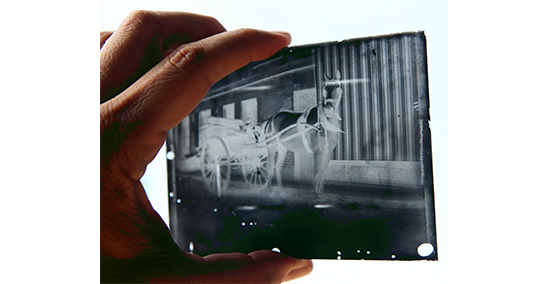
Dry Plates:
In the 1870s, Richard Maddox improved on the previous photography techniques by making dry gelatin plates, which were almost identical to wet plates in terms of development speed and quality.
Another positive with dry plates was that they could be stored, rather than made as they were needed. This gave photographers more flexibility when it came to taking photographs, and made way for smaller, hand-held cameras. Even better, as the exposure times continued to decrease, the first camera with a mechanical shutter was developed!

Cameras for Everyone:
Up until the 1880s, photography was only for professionals, or the extremely wealthy. That was until George Eastman created the Kodak company. He made a flexible roll film that didn’t require the need to constantly change solid plates. As part of this, he developed a box camera that held 100 film exposures with a small single lens and no focusing adjustment.
Kodak gave consumers the opportunity to send their cameras back to the factory, where they developed the film and made prints of the final photos.
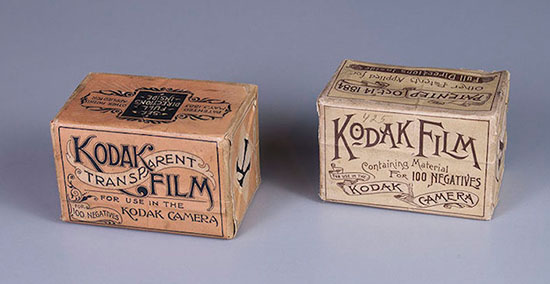
Photography Today:
When Polaroid introduced the Model 95, which used a chemical process to develop film inside the camera in less than a minute, photography became even more approachable to the everyday person. It wasn’t until the 1950s that Pentax and Nikon came onto the photographic scene, and introduced cameras with interchangeable lenses and other various accessories. The 1970s & 1980s saw the introduction of compact cameras, which included a “point and shoot” system, making it much easier to get high quality photos. In the 1980s and 1990s, manufacturers introduced cameras that stored images electronically, and this is how we now have camera manufacturers such as Canon, Nikon, and Pentax, to name a few.
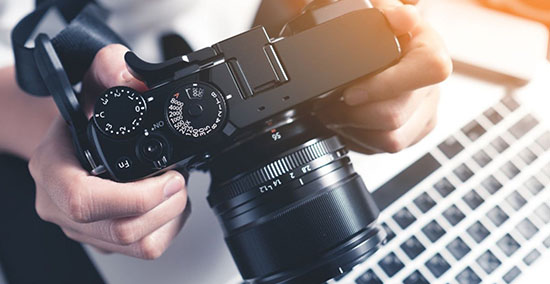
Although, now with the evolution of smartphones, photography has become accessible to everyone, and continues to be an enjoyable pastime.


